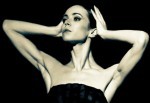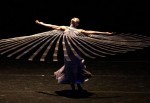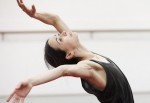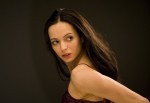| Diana VishnevaDancer• People´s Artist of Russia (2007)
• Recipient of the State Prize of Russia (2000)
• Prize-winner at the International Ballet Competition (Lausanne, 1994)
• Recipient of the Divine and Benois de la Danse prizes (1996), the Golden Sofit (1996), the Baltika prize (1998), the Golden Mask (2001, 2009, 2013), the Dancer of Europe 2002 prize, Ballet magazine prize (2003), Dance Magazine Award (2017)
Diana Vishneva was born in Leningrad. She graduated from the Vaganova Ballet Academy (class of Professor Lyudmila Kovaleva). During her last year at the Academy she also trained at the Mariinsky Theatre. Diana Vishneva joined the Mariinsky Ballet Company in 1995, and has been a Mariinsky Theatre soloist since 1996.
Diana Vishneva frequently performs at the Europe's most prestigious venues. In 2001 she made her debut at the Bayerisches Staatsballett (Kenneth MacMillan's Manon) and at the Teatro alla Scala (Aurora in Rudolf Nureyev's version of The Sleeping Beauty), while in 2002 she appeared at the Opéra de Paris (Kitri in Rudolf Nureyev's version of Don Quixote). In 2003 came her debut at the Metropolitan Opera in New York (Juliet in Kenneth Macmillan's version of Romeo and Juliet).
Since 2002 she has appeared as a guest soloist at the Staatsoper Unter den Linden (Berlin), performing the principal roles in the ballets Giselle, La Bayadère, Swan Lake (Patrice Bart's version), Maurice Béjart's Ring um den Ring, Manon and The Sleeping Beauty. Since 2005–2017 she also was a guest soloist with American Ballet Theatre, performing in the ballets Swan Lake, Giselle, Don Quixote, Manon, Romeo and Juliet, Ballet Imperial, The Sleeping Beauty, The Dream and La Bayadère). At American Ballet Theatre Diana Vishneva performed lead roles in the ballets Sylvia and Thaïs Pas de deux (choreography by Frederick Ashton), On the Dniepr (choreography by Alexei Ratmansky), La Dame aux camélias (choreography by John Neumeier) and Onegin (choreography by John Cranko). As a guest soloist she performed with the Bolshoi Theatre ballet company, featuring in Lost Illusions (choreography by Alexei Ratmansky), Kvartira (choreography by Mats Ek) among the other productions.
Diana Vishneva frequently works with renowned contemporary choreographers and stage directors. In 2005 at the Mariinsky Theatre came the premiere of Petr Zuska's ballet Les Bras de mer, staged specially for Diana Vishneva. In 2007 Andrei Moguchy and Alexei Kononov staged the production Silenzio. Diana Vishneva.
In February 2008, Diana Vishneva together with Ardani Artists Management and the Orange County Performing Arts Center presented the programme Beauty in Motion (Alexei Ratmansky's Pierrot Lunaire, Dwight Rhoden's Three Point Turn and Moses Pendleton's F.L.O.W.).
In March 2011 the Mariinsky Theatre staged a premiere of the ballet Le Parc (choreography by Angelin Preljocaj) featuring Diana Vishneva. In October the same year the ballerina presented the project Diana Vishneva: Dialogues, run with support from the Mariinsky Theatre, the Diana Vishneva Foundation and Ardani Artists. 2013 saw the premiere of the project Diana Vishneva: On the Edge, the programme of which included Jean-Christophe Maillot’s ballet Switch and Carolyn Carlson’s Woman in a Room.
In 2013, she founded the international festival Context. Diana Vishneva and performed productions by Jiri Kilian, Hans van Manen, Ohad Naharin, Marco Goecke in its programme.
Repertoire at the Mariinsky Theatre includes:
Giselle (Giselle); choreography by Jean Coralli, Jules Perrot and Marius Petipa,
Le Corsaire (Gulnare, Medora); production by Pyotr Gusev after the composition and choreography of Marius Petipa,
Paquita “Grand pas” (Variation); choreography by Marius Petipa,
La Bayadère (Nikia); choreography by Marius Petipa, revised version by Vladimir Ponomarev and Vakhtang Chabukiani,
La Bayadère (Nikia); choreography by Marius Petipa, revival of the 1900 production,
The Sleeping Beauty (Aurora); choreography by Marius Petipa, revival of the 1890 production,
The Sleeping Beauty (Aurora); choreography by Marius Petipa, revised version by Konstantin Sergeyev,
The Nutcracker (Masha); choreography by Vasily Vainonen; also Mihail Chemiakin’s production with choreography by Kirill Simonov,
Swan Lake (Odette-Odile, Prince’s Friends); choreography by Marius Petipa and Lev Ivanov, revised version by Konstantin Sergeyev,
Raymonda (Raymonda, Henrietta); choreography by Marius Petipa, revised version by Konstantin Sergeyev,
Don Quixote (Kitri); choreography by Alexander Gorsky after Marius Petipa,
Michel Fokine’s ballets Schéhérazade (Zobeide), The Firebird (The Firebird), Le Spectre de la rose and The Swan,
Pas de Quatre (Fanny Cerrito); choreography by Anton Dolin,
Grand pas classique; choreography by Viktor Gzovsky,
Romeo and Juliet (Juliet); choreography by Leonid Lavrovsky,
The Legend of Love (Mekhmeneh-Bahnu); choreography by Yuri Grigorovich,
Carmen-Suite (Carmen); choreography by Alberto Alonso,
George Balanchine’s ballets Apollo (Terpsichore), Symphony in C (III. Allegro vivace), Tchaikovsky Pas de Deux, Jewels (Rubies) and Ballet Imperial,
In the Night (First Duet); choreography by Jerome Robbins,
Roland Petit’s ballets Le Jeune homme et la mort and Carmen (Carmen),
Manon (Manon); choreography by Kenneth MacMillan,
Spring and Fall, Now and Then and Sounds of Empty Pages; choreography by John Neumeier,
Alexei Ratmansky’s ballets Le Poème de l’extase, Cinderella (Cinderella) and Anna Karenina (Anna Karenina),
Les Bras de mer; choreography by Petr Zuska,
William Forsythe’s ballets In the Middle, Somewhat Elevated and Steptext,
Le Parc; choreography by Angelin Preljocaj,
Hans van Manen's ballets The Old Man and Me and LIVE,
Diana Vishneva: Beauty in Motion (Alexei Ratmansky’s Pierrot Lunaire, Dwight Roden’s F.L.O.W. and Moses Pendleton’s Three Point Turn),
Diana Vishneva: Dialogues (Martha Graham’s Errand into the Maze, John Neumeier’s Dialogue and Paul Lightfoot and Sol Léon’s Subject to Change),
and Diana Vishneva: On the Edge (Jean-Christophe Maillot’s Switch and Carolyn Carlson’s Woman in a Room).
Repertoire also includes:
Marguerite and Armand (Marguerite); choreography by Frederick Ashton,
Bolero; choreography by Maurice Bejart. | |
 Mariinsky Theatre:
Mariinsky Theatre:  Mariinsky-2 (New Theatre):
Mariinsky-2 (New Theatre):  Mariinsky Concert Hall:
Mariinsky Concert Hall: 

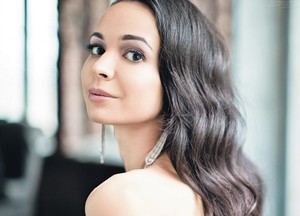
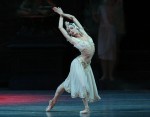
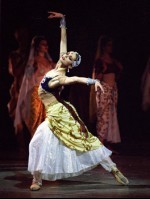
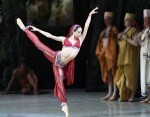
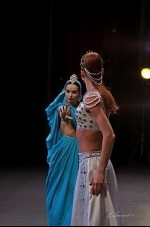
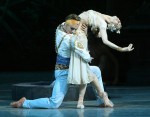
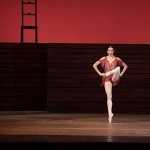

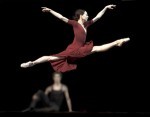
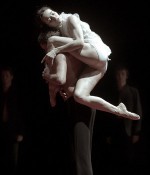
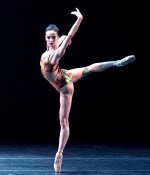
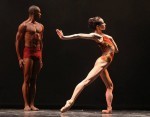
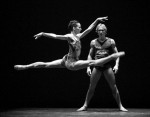
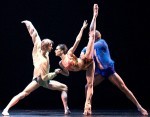

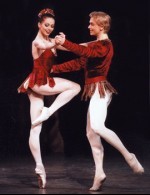
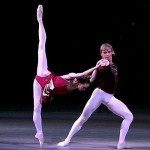
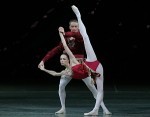
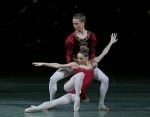
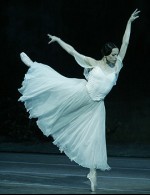
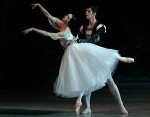
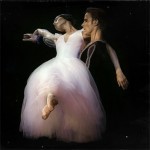
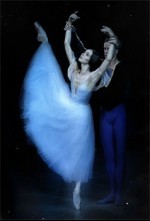
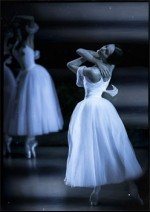
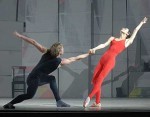
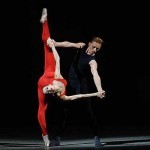
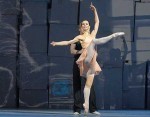
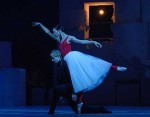
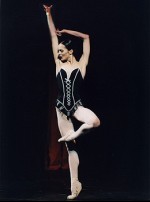
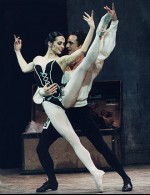
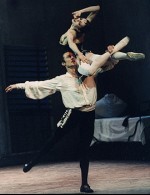
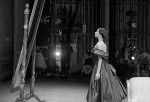
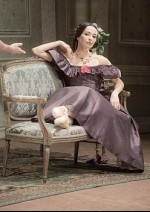
.jpg)
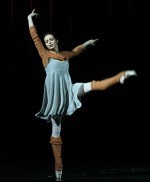
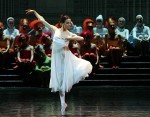
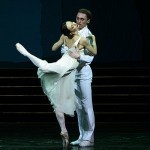
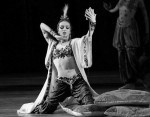
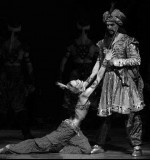
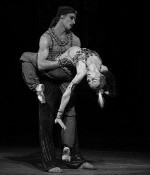
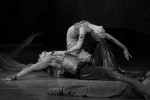
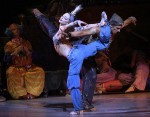
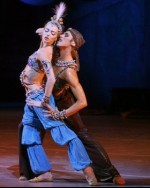
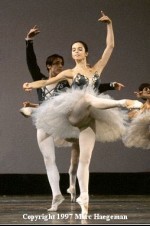
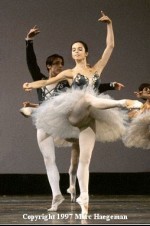
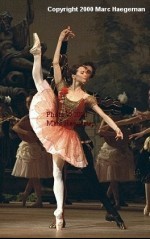
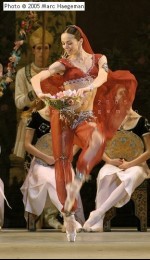
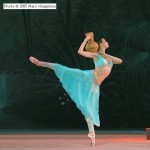
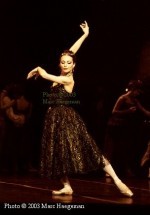
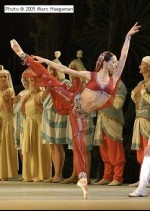
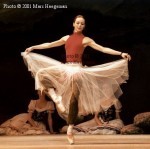
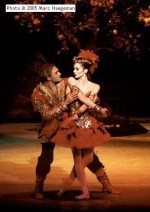
.jpg)

